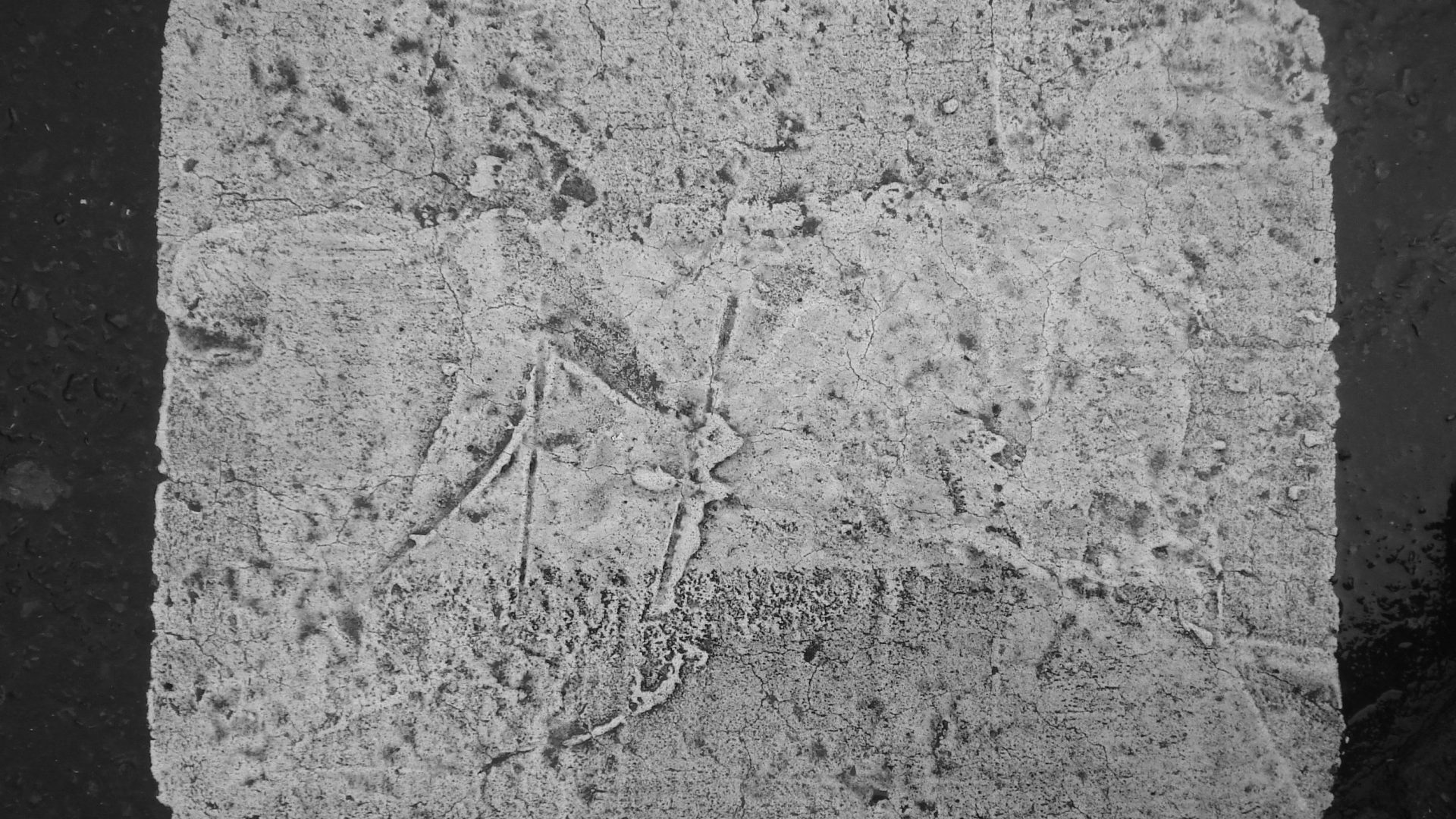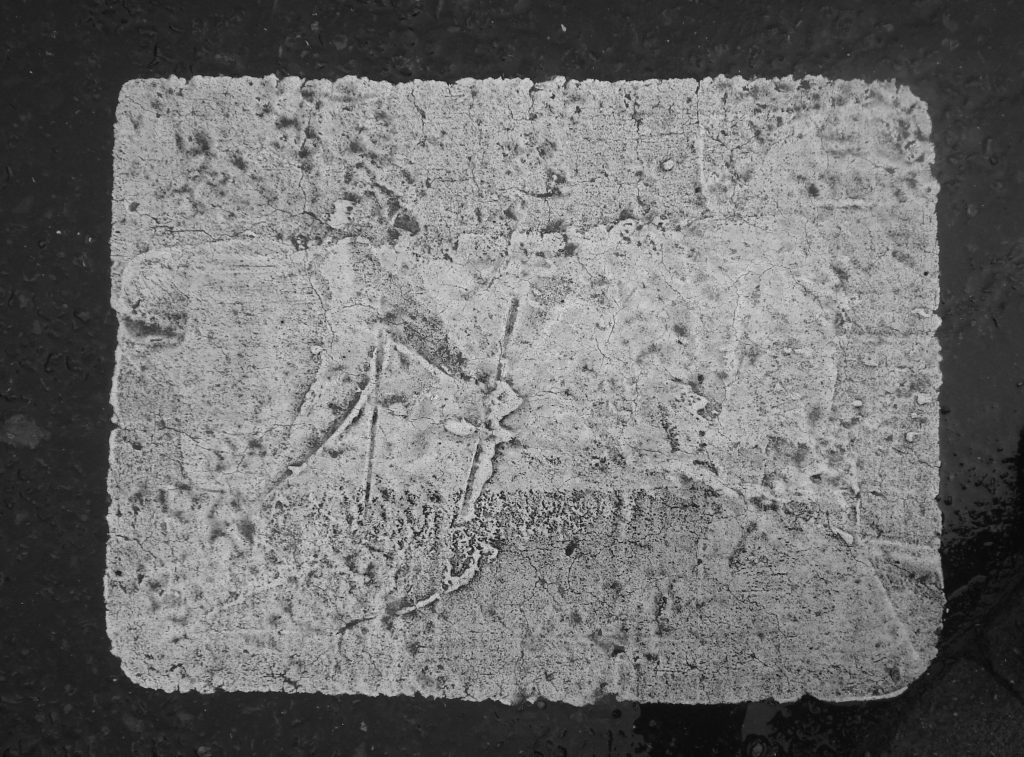Resources
Bibliography for Pattern, Ornament, Complexity, Emergence and Chaos
Adorno, T. (1965) ‘Functionalism Today’, originally published as ‘Functionalismus Heute’ in Neue Rundschau 77/4 (1966), first published in English in Oppositions 17, Summer 1979, excerpt in Glenn Adamson (2010) The Craft Reader. Oxford: Berg
Brett, D. (2005) Rethinking Decoration: pleasure and ideology in the visual arts. Cambridge: Cambridge University Press
Coveney, P. and Highfield, R. (1991) Frontiers of Complexity: The Search for Order in a Chaotic World. London: Faber
Deleuze, G. (1993) The Fold London: The Athlone Press
Gell, G. (1992) ‘The Technology of Enchantment and the Enchantment of Technology’, in J. Coote and A. Shelton, eds., Anthropology, Art and Aesthetics. Oxford: Clarendon, 40–66
(1998) Art and Agency: an anthropological theory. Oxford: Clarendon Press
Gilman, C.P. (2009) The Yellow Wallpaper and selected writings. London: Virago (or any other version of Charlotte Perkins Gilman’s short story, The Yellow Wallpaper)
Gleiniger, A. and Vrachliotis, G. (2009) Pattern: ornament, structure and behavior. Basel; London: Birkhäuser
Gombrich, E.H. (1979) The Sense of Order: a study in the psychology of decorative art. Oxford: Phaidon
Grosz, E. (2008) Chaos, Territory, Art: Deleuze and the framing of the earth. New York: Columbia University Press
Hann, M., (2013) Symbol, Pattern and Symmetry: The Cultural Significance of Structure. London: Bloomsbury
Hayles, N.K. (1991) Chaos and Order: Complex Dynamics in Literature and Science. Chicago and London: University of Chicago Press
Hensel, M., Menges, A., Weinstock, M. (2010) Emergent Technologies and Design: Towards a biological paradigm for architecture. Abingdon: Routledge
Hughes, S.S. (1977) The Virus: a history of the concept. London: Heinneman
Ingold, T. (2015) The Life of Lines. Abingdon: Routledge
Jackson, L. (2008) From Atoms to Patterns: crystal structure designs from the 1951 Festival of Britain : the story of the Festival Pattern Group. Shepton Beauchamp: Richard Dennis.
Johnson, C. D. (2012) Memory, Metaphor, and Aby Warburg’s Atlas of Images. New York: Cornell University
Kepes, G. (1965) Structure in art & science. London: Studio Vista
Kracauer, S. (reprint, 1995) The Mass Ornament. Boston, M.A.: Harvard University Press (original publication 1963, Das Ornament der Masse:Essays, Frankfurt: Suhrkamp Verlag) https://monoskop.org/images/0/0f/Kracauer_Siegfried_The_Mass_Ornament_Weimar_Essays.pdf
Kuchler, S. and Were, G. (2005) Pacific Pattern. London: Thames & Hudson
Lam, L. (1998) Nonlinear Physics for Beginners: Fractals, Chaos, Pattern Formation, Solitons, Cellular Automata and Complex Systems London: World Scientific Publishing
Lefebvre, H. (2004) Rhythmanalysis: Space, time & everyday life. London: Continuum
Loos, A. (1988) Ornament and Crime: Selected essays: Ariadne Press. (First published in 1913.) http://www2.gwu.edu/~art/Temporary_SL/177/pdfs/Loos.pdf
Meisel, M. (2015) Chaos imagined: Literature, art, science. New York: Columbia University Press
Michell, J. (1979) Simulacra: Faces and Figures in Nature. London: Thames and Hudson.
Miles, M.,(2000) The Uses of Decoration: Essays in the Architectural Everyday. Chichester: John Wiley and Sons
Picon, A., (2013) Ornament: the politics of architecture and subjectivity. Chichester: John Wiley and Sons
Reigl, A. (2004) Historical Grammar of the Visual Arts (translated J. E. Jung). New York: Zone Books
Schwenck, T. (1996) Sensitive Chaos: the creation of flowing forms in water & air London: Rudolf Steiner Press.
Serres, M. (1977) La Distribution (Hermès IV). Paris: Minuit.
Smith, L (2007) Chaos: A Very Short Introduction. Oxford: OUP.
Trilling, J. (2001) Language of Ornament. London: Thames & Hudson
Trilling, J. (2003) Ornament: a modern perspective. London: University of Washington Press.
Waldrop, M. (1992) Complexity: The Emerging Science at the Edge of Order and Chaos. London: Penguin.
Washburn, D.K. and Crowe, D.W. (2004) Symmetry Comes of Age, the role of pattern in culture. Seattle: University of Washington Press
Weinstock, M. (2010) The Architecture of Emergence: the evolution of form in nature and civilization. Chichester: John Wiley and Sons
Zeki, S. (1993) A Vision of the Brain. Oxford: Blackwell Scientific Publications
Links and resources
SenseLab: a laboratory for thought in motion
http://senselab.ca/wp2/
Movements of Thought, Knots of Thought
https://www.researchcatalogue.net/view/133153/133154/0/0
Rhizome
http://rhizome.org/
Laboratoire Espace Cerveau
http://www.laboratoireespacecerveau.eu/index.php?id=681&L=2
“Multivalue logics are now gaining currency, and these are quite capable
of incorporating indeterminacy as a valid stepping-stone in the cognitive
process. In this general intellectual atmosphere, the poetics
of the open work is peculiarly relevant: it posits the work of art
stripped of necessary and foreseeable conclusions, works in which
the performer’s freedom functions as part of the discontinuity which
contemporary physics recognizes, not as an element of disorientation,
but as an essential stage in all scientific verification procedures
and also as the verifiable pattern of events in the subatomic world.”
Umberto Eco, The Open Work, Harvard University Press 1989, p.15

